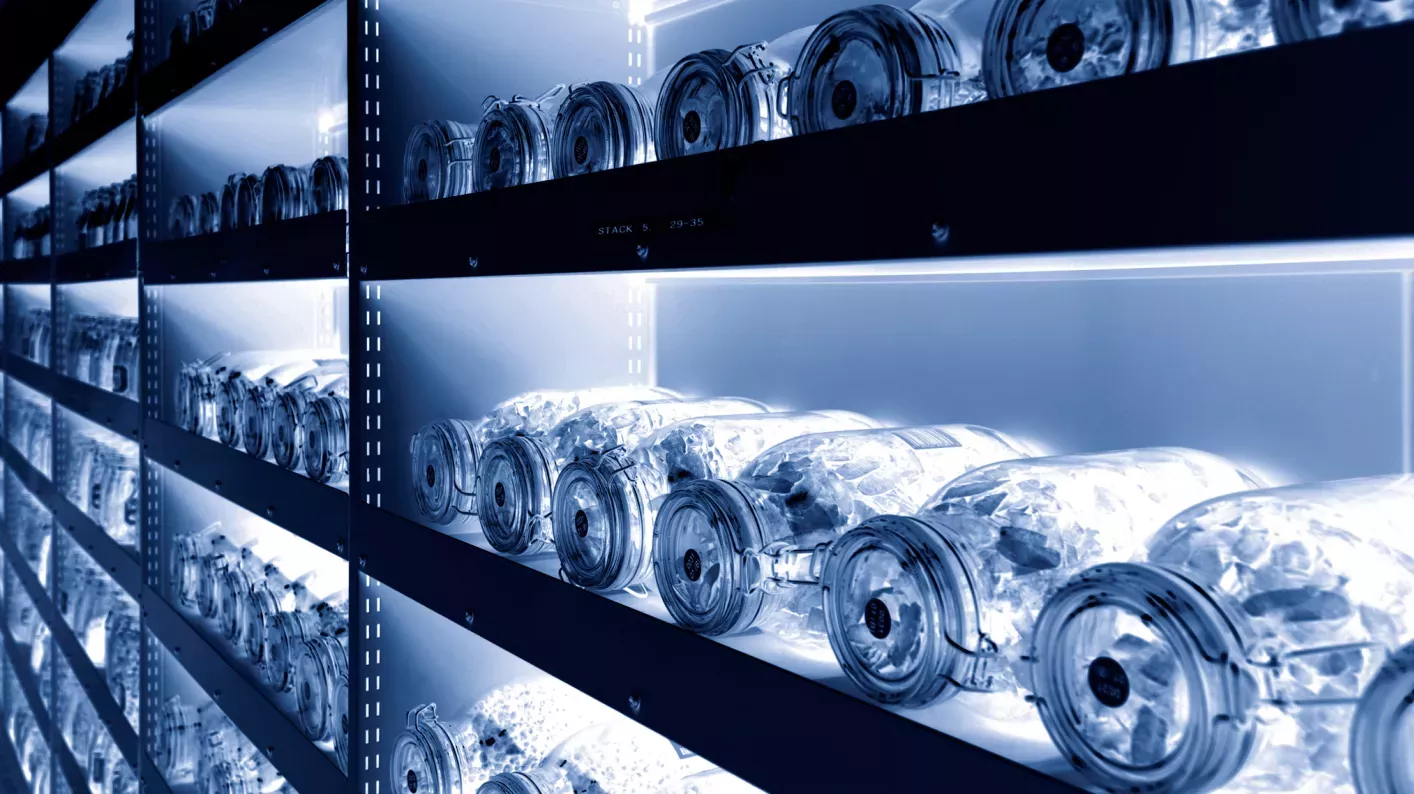Long-duration future habitation of space will require a controlled ecological life-support system to provide adequate atmosphere, food, clean water, fuel, fibre and medicine, with higher plants playing key roles in these services. The use of plants will rely on the transportation and storage of high-quality seeds. On Earth, seeds of many species can be stored for decades under conventional gene banking protocols (i.e. drying to around 5 % moisture content and storage at sub-zero temperatures), but over time, all seeds lose quality and will eventually die. A space environment will impose more extreme conditions, including ultra-dryness, anoxia, UV, ionising radiation and cold – hot temperatures.
Using a new facility on the outside of the International Space Station, we will investigate the range of conditions under which seeds can be transported with minimum loss of quality; how they need to be prepared for transportation over great distances; to which degree seeds of different species differ in their resilience to the harsh conditions of space; and the mechanisms (molecular, biochemical, biophysical and physiological) which underpin this maintenance of seed quality. The study will combine in-situ monitoring of outgassed volatile compounds using mass spectrometry, seed humidity using sensors, and seed mass via acoustics, with pre- and post-flight analyses to generate unique and comprehensive data sets.
In order to capture potential variation in species resilience to the conditions of a space environment, twenty-four species have been selected that cover a wide range of taxonomic diversity, plant uses, life forms, habitats, climatic zones and seed morphology. The expected results will lead to recommendations for seed transport through space and the selection of species appropriate for longer-term human space exploration. In addition, improvements to current protocols for the long-term storage of seeds on Earth may be possible, as seeds of some plant species are found to have improved longevity under storage that involves ultra-drying or anoxia: conditions that are found in the vacuum of space.

